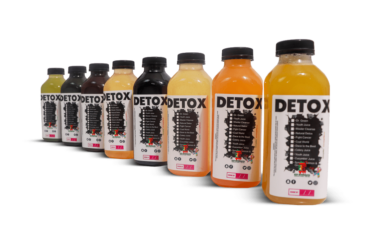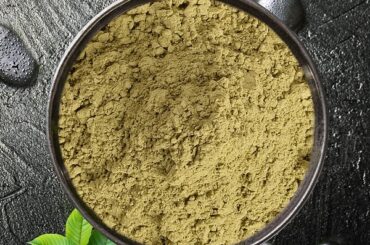1. Increase Protein Intake
Protein is the most important macronutrient when it comes to maintaining muscle gains. Increasing protein intake during maintenance helps prevent catabolic processes that can lead to muscle loss. Aim for at least 1 gram of protein per pound of body weight each day if possible.
2. Keep Training Intense
Intensity is key in any workout program but especially so during the maintenance stage when trying to preserve muscle gains from cutting supplements stacks. Make sure that your workouts are challenging and keep lifting heavy weights as often as possible – this will ensure that your muscles remain engaged and active and don’t have time to atrophy or shrink away due to lack of activity or stimulation.

3. Implement Active Rest Days
Rest days are a necessary part of any training program but they don’t necessarily mean complete rest – instead implement active rest days into your routine which allow sufficient recovery time while still keeping your muscles engaged in some form of physical activity such as light cardio or yoga sessions. This type of activity helps keep up blood circulation which is essential for preserving muscle gains from cutting supplement stacks over time.
4. Monitor macronutrients closely
After using a cutting supplement stack to achieve the desired results, it’s important to monitor macronutrients closely to maintain them over time and optimize the health benefits derived from food sources such as protein, carbohydrates, fats, etc. Pay attention not only to total calorie intake but also to the distribution between macronutrient groups according to individual needs based on lifestyle factors such as exercise levels, etc.
5 . Aim for consistency
Consistency is the key to long-term success with any fitness goal, including maintaining muscle gains made using cutting supplement stacks, so make sure you stick to the same routine day in and day out rather than changing things up too much or opting for sudden drastic changes which can lead to a more chaotic state than one where progress has been made steadily over time – consistency breeds success!
6. Supplement wisely
In addition to increasing your protein intake, it’s also important to be smart about supplementation, especially during the maintenance phase after cutting back on stack use. Certain types of supplements may help maintain muscle gains while others may actually hinder progress by providing excessive calories or other nutritional supplements which are not needed at this time. Talk to a licensed nutritionist or experienced trainer if you need additional advice on what type of supplement is right for you and your goals at this stage of life!

7. Get enough sleep
This may seem like an obvious point, but it bears repeating: getting enough sleep each night is essential for maintaining the muscle gains achieved through the use of cutting supplement stacks, as it allows your body to recover from hard days of training while also increasing metabolism, which promotes optimal assimilation of the foods consumed during the day – aim for 7 to 8 hours of sleep per night to preserve these gains!
8. Stay hydrated
Staying hydrated is essential for everyday health and success when it comes to preserving muscle gains from the previous cutting supplement stack – make sure that you consume enough water daily (at least 1 gallon every 24 hours) to maintain optimal cell functioning, as well as hydrate effectively after workout sessions, where lots of tears and perspiration has occurred – keeping up with the adequate amount of water will help sustain those gains over time!
Conclusion
Cutting down on supplements can be a great way to shed excess fat quickly while still maintaining lean muscle mass, but maintaining these results over long periods of time requires dedication and consistency in training programs, food choices, and supplementation habits as outlined above – remember to consult a well-qualified professional before making any major changes to your diet or training regimen for the best results!






